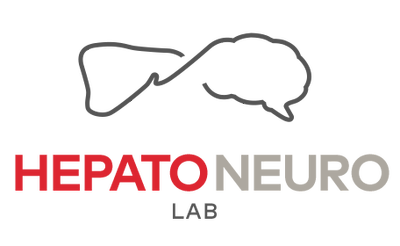Introduction: Liposome-supported peritoneal dialysis (LSPD) has recently emerged as a versatile biodetoxification platform for improving the peritoneal extraction of small ionizable molecules via the intraperitoneal instillation of transmembrane pH-gradient liposomes.1 In a proof-of-concept study, these scavenging vesicles efficiently trapped weak bases/acids (e.g. ammonia), and were subsequently withdrawn together with their toxic cargo at the end of the dialysis session.1 We investigated here the translational potential of LSPD for treating hyperammonemia-associated hepatic encephalopathy, a life-threatening condition arising from impaired liver functions. The initial steps towards the clinical development of this technology consisted in optimizing the manufacturing process, assessing efficacy and safety in appropriate animal models, investigating interferences with drugs commonly administered to liver impaired patients, and establishing the extraction fingerprint of LSPD fluids.
Methods: LSPD fluids were prepared by an osmotic-shock based method, sequentially mixing liposome aqueous suspensions with a hypertonic citrate solution (acidic) and an isotonic xylitol-based solution (alkaline).2 Efficacy experiments were performed in a rat model of secondary biliary cirrhosis induced by bile duct ligation.2 After 4 consecutive 4-h dialysis sessions with LSPD or a control fluid, brain edema was measured by densitometry, and plasma and dialysate ammonia concentrations determined by enzymatic assay. The immunogenicity of LSPD fluids was assessed in a porcine model of complement activation-related pseudoallergy (CARPA).2 For the interaction study, nine drugs commonly taken by liver impaired patients (e.g. antibiotics, β-blockers, diuretics) were tested for their influence on the in vitro ammonia scavenging activity of LSPD fluids. The metabolites’ fingerprints of LSPD or conventional PD, prior and after dialysis in healthy rats, were established by mass spectrometry.
Results: LSPD fluids were prepared via an innovative, osmotic shock-based method overcoming sterilization and long-term stability issues.2 The liposomal suspensions outperformed conventional PD fluids in lowering plasmatic ammonia levels, and attenuating brain edema in cirrhotic rats and did not trigger any hypersensitive reaction in pigs, a gold standard model of CARPA.2 In general, the in vitro ammonia uptake of LSPD fluids was barely affected by the presence of the selected drugs in the incubation medium. Only the β-blocker propranolol considerably lowered the liposome scavenging capability. Metabolomics studies revealed a similar extraction profile between conventional PD and LSPD, confirming that important endogenous metabolites other than ammonia were not preferentially removed by LSPD.
Conclusion: LSPD appeared as a promising strategy for ammonia detoxification, a first valuable alternative to extracorporeal dialysis, when the latter is not available or too risky.
Acknowledgements. This work was supported by Versantis AG, the Swiss National Science Foundation (31003A_124882), Swiss Commission for Technology and Innovation (17525.1 PFLS-LS), and the OPO Foundation. The authors thank Seroscience Ltd (Budapest, Hungary) for their involvement in the safety studies.

